Mastering the Art of Maximizing Yields for Indoor Cannabis Cultivation
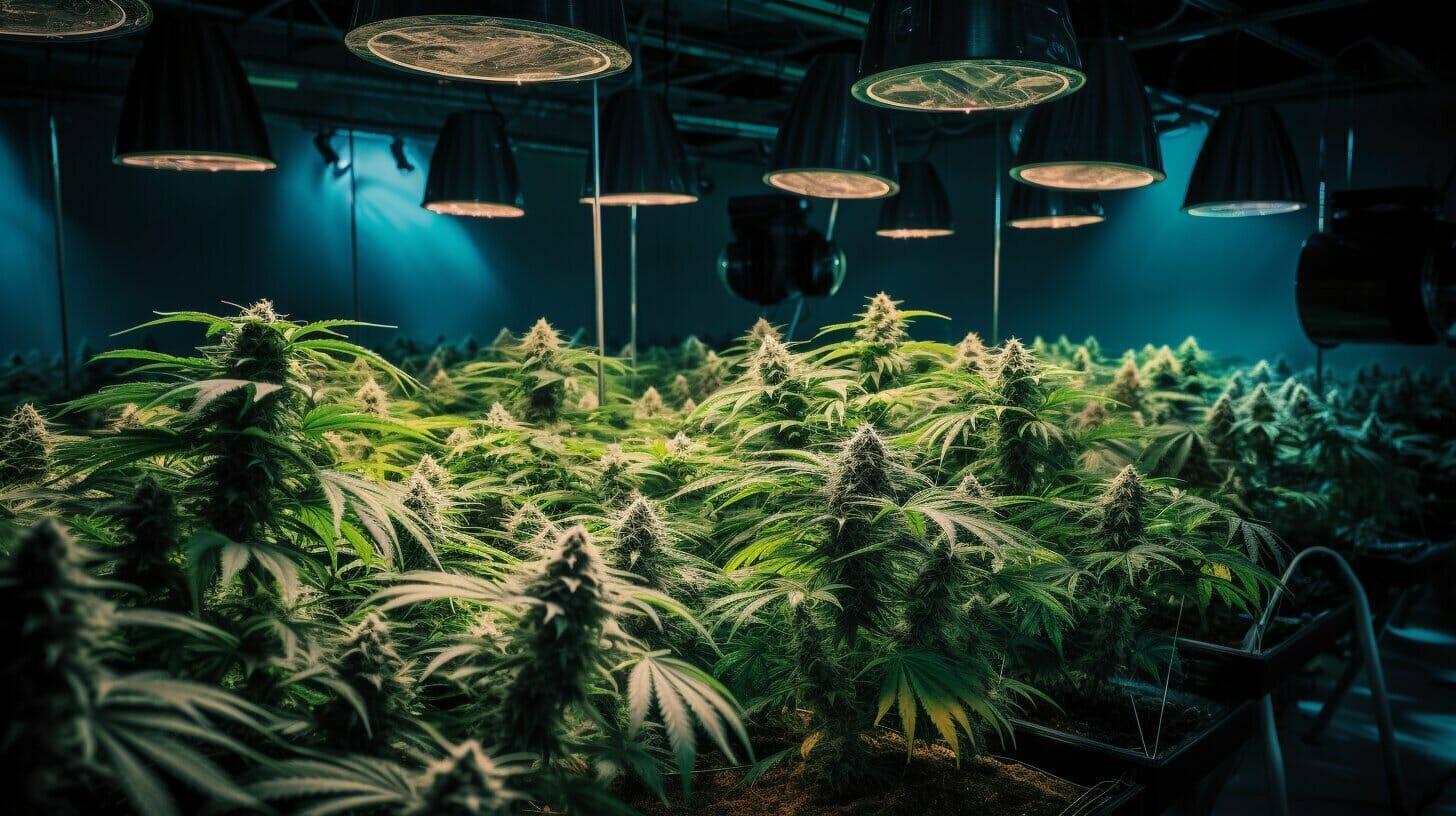
Are you looking to improve your indoor cannabis cultivation yields? As any experienced cultivator knows, maximizing yields requires a comprehensive approach that encompasses everything from lighting and nutrient management to training and pruning techniques, pest and disease control, and environmental factors. In this article, we’ll delve into some of the most effective strategies and techniques for improving your yield potential in indoor cannabis cultivation, providing you with the guidance you need to take your crop to the next level.
Key Takeaways:
- Maximizing yields for indoor cannabis cultivation requires a comprehensive approach.
- Effective strategies include optimizing lighting, nutrient management, training and pruning techniques, pest and disease control, and environmental factors.
- The right strain selection can play a significant role in maximizing yields.
Understanding the Basics of Indoor Cannabis Cultivation
Indoor cannabis cultivation offers growers the opportunity to create optimal growing conditions, resulting in higher-quality yields. Creating the perfect environment for your cannabis plants requires attention to detail and careful planning. In this section, we’ll explore the optimal conditions required for successful indoor cannabis cultivation, and provide practical tips for setting up your grow-op.
Optimal Conditions for Indoor Cannabis Cultivation
The following factors are crucial for creating an environment that promotes healthy growth and maximum yields:
| Factor | Optimal Range |
|---|---|
| Lighting | 18-24 hours of light per day during vegetative stage, 12 hours of light per day during flowering stage |
| Temperature | 70-75 degrees Fahrenheit during lights on, 60-65 degrees Fahrenheit during lights off |
| Humidity | 40-60% during vegetative stage, 40-50% during flowering stage |
| Air Circulation | Constant air circulation to prevent stagnant air and mold growth |
| Nutrient Levels | Proper balance of macronutrients and micronutrients for each growth stage |
These optimal conditions will differ depending on the cannabis strain being grown, so it’s important to research the specific needs of your chosen cultivar before beginning your grow.
Indoor Cannabis Cultivation Tips
When setting up your indoor cannabis grow-op, keep the following tips in mind to maximize yields:
- Invest in a high-quality grow light that provides the optimal spectrum and intensity for your cannabis plants.
- Ensure proper ventilation to prevent heat buildup and excess humidity.
- Maintain a clean and sterile grow area to prevent pests and diseases.
- Use high-quality soil or a hydroponic system and provide the necessary nutrients for each growth stage.
- Monitor pH levels and adjust as necessary to ensure proper nutrient uptake.
- Train and prune your plants to promote lateral growth and increase bud sites.
- Harvest at the optimal time and use proper drying and curing techniques to preserve potency and flavor.
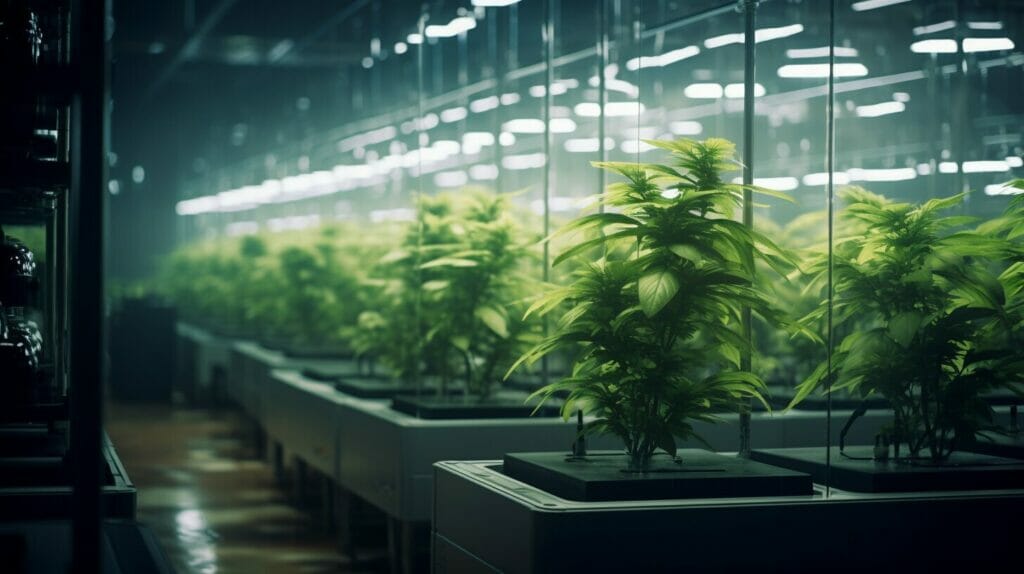
By understanding the optimal conditions and implementing these tips, you’ll be well on your way to a successful indoor cannabis harvest. In the next section, we’ll take a closer look at choosing the right cannabis strains for high yields.
Choosing the Right Cannabis Strains for High Yields
Choosing the right cannabis strains is crucial to maximize indoor crop yields. With so many strains available, it can be overwhelming to decide which ones will deliver impressive harvest yields.
When selecting strains, consider their genetics, growth characteristics, and flowering time. Indica-dominant strains generally have a shorter flowering period and have a compact, bushy growth pattern that lends itself well to indoor cultivation. Sativa-dominant strains, on the other hand, tend to have a longer flowering time and a taller, more open growth pattern.
Additionally, hybrid strains that combine the best characteristics of both indica and sativa can be an excellent choice for indoor cultivation. Look for hybrids that are specifically bred for high yields and have a proven track record of delivering impressive harvests.
Some strains that are known for their high yields include:
Keep in mind that the strain alone is not the only factor that determines yields. Proper cultivation techniques, including lighting, nutrient management, and training and pruning, also play a critical role in achieving impressive harvests.
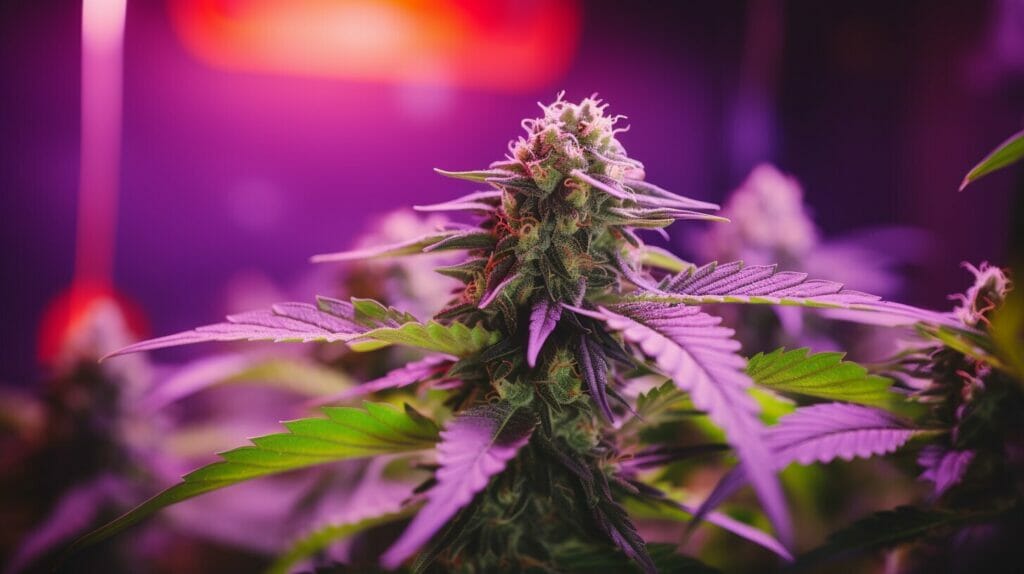
Experiment with different strains and identify which ones work best for your specific indoor growing environment. With the right cultivation techniques and strain selection, you can significantly increase your cannabis crop yields and enjoy a bountiful harvest.
Optimizing Light for Maximum Cannabis Yields
One of the most crucial factors in maximizing yields for indoor cannabis cultivation is optimizing lighting. The proper lighting setup can significantly impact the quantity and quality of your harvest.
There are several types of grow lights available, including high-pressure sodium (HPS), metal halide (MH), LED, and fluorescent. Each type has its advantages and disadvantages, and the best choice depends on your specific needs and budget.
For the vegetative stage, MH lights are ideal as they provide a blue spectrum that promotes growth and foliage development. HPS lights, on the other hand, are better suited for the flowering stage, as they offer a red spectrum that promotes bud development.
LED lights are becoming increasingly popular in indoor cannabis cultivation due to their energy efficiency and versatility. They offer a full spectrum of light that can be customized based on the different stages of growth.
Proper lighting techniques are also essential for maximizing yields. Providing the right amount of light at the right time is crucial for optimal growth. During the vegetative stage, plants require 18-24 hours of light per day, while during the flowering stage, they need 12 hours of light and 12 hours of darkness.
It’s important to position your lights at the optimal distance from your plants to ensure they receive the right amount and quality of light. As a general rule, maintain a distance of 12-18 inches between your light source and your plants during the vegetative stage and 8-12 inches during the flowering stage.
Optimizing light for maximum cannabis yields involves selecting the appropriate type of grow light, providing the right spectrum of light for each stage of growth, and positioning your lights at the correct distance from your plants. By implementing these best practices for indoor cannabis cultivation, you can maximize your yield potential and improve the quality of your harvest.
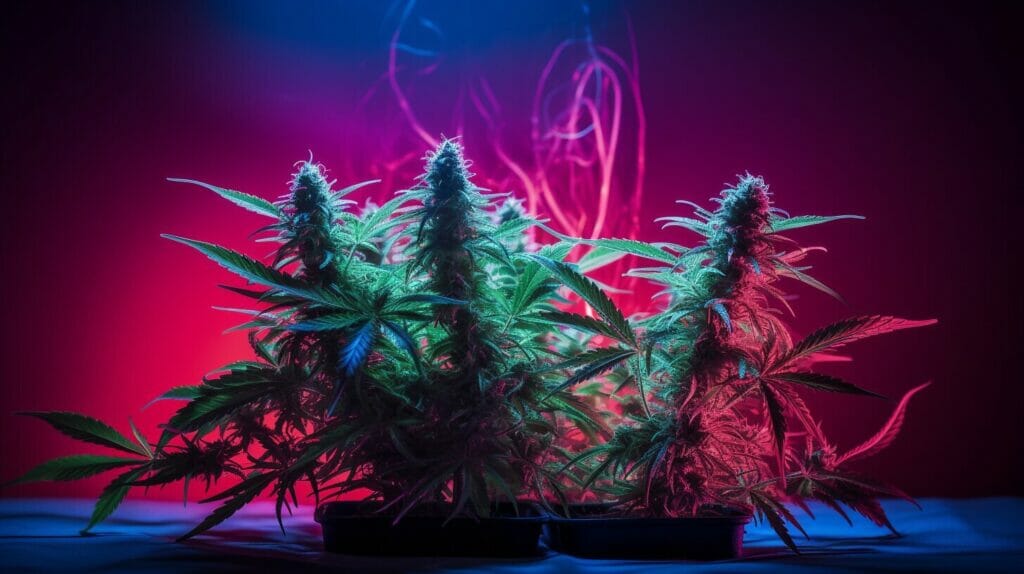
Nutrient Management for Enhanced Cannabis Growth
In addition to creating optimal growing conditions, proper nutrient management is crucial for maximizing cannabis yields. Providing your plants with the right amount and balance of nutrients can improve overall plant health, flowering, and potency.
The essential macronutrients for cannabis plants are nitrogen (N), phosphorus (P), and potassium (K), as well as secondary macronutrients such as calcium (Ca), magnesium (Mg), and sulfur (S). Along with these macronutrients, cannabis plants require trace elements such as iron (Fe), zinc (Zn), and boron (B).
To ensure your plants receive the right nutrients in the appropriate amounts, it’s recommended to use a complete cannabis-specific fertilizer. These fertilizers will contain the appropriate ratios of macronutrients and trace elements necessary for healthy growth and flowering.
Nutrient schedules can vary depending on the specific fertilizer you’re using, as well as the stage of growth your plants are in. Generally, during the vegetative stage, plants require higher levels of nitrogen to support leafy growth. During the flowering stage, higher levels of phosphorus and potassium are necessary for promoting bud formation and maturation.
Along with proper nutrient ratios, it’s important to maintain the appropriate pH levels in your growing medium. Cannabis plants thrive in a pH range of 6.0 to 7.0. Monitoring and adjusting pH levels as needed can enhance nutrient absorption and avoid nutrient deficiencies or toxicities.
In addition to regular nutrient supplementation, some growers also incorporate nutrient supplements such as molasses, worm castings, or beneficial microbial inoculants to enhance microbial activity in the growing medium. These supplements can improve nutrient uptake and overall plant health.
By implementing proper nutrient management techniques, cannabis growers can achieve healthier plants and improve crop yields.
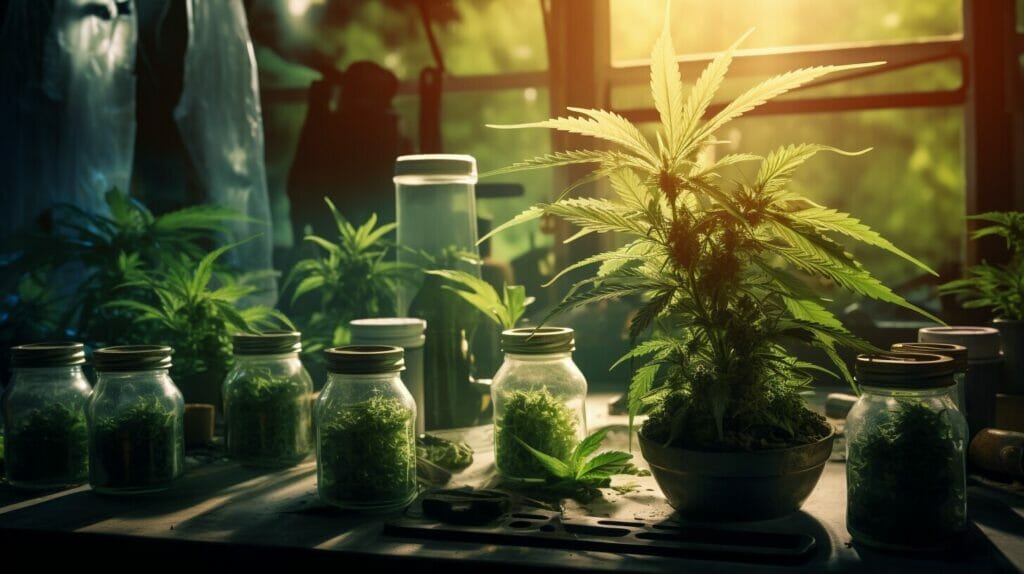
Effective Training and Pruning Techniques for Yields
Proper training and pruning techniques can significantly improve the yield potential of your indoor cannabis crop. By manipulating the plant’s structure and growth patterns, you can increase the number of bud sites and encourage higher yields. Here are some effective techniques to try:
Topping
Topping involves removing the top of the main stem to encourage lateral growth and the development of multiple colas. This technique should be performed during the vegetative stage when the plant has at least three to four nodes. Using a sharp, clean pair of scissors or shears, carefully cut off the top of the stem just above a node. This will promote the growth of two new shoots and create a bushier plant with more bud sites.
FIMing
Similar to topping, FIMing involves removing part of the plant’s main stem to encourage lateral growth. However, instead of removing the entire top, only a portion of it is pinched or cut off. This technique is less stressful on the plant and can result in more colas than topping. FIMing should also be performed during the vegetative stage, and it’s important to avoid damaging the leaves or the plant’s growth tips.
Low-Stress Training (LST)
LST involves gently bending and tying down the plant’s branches to create a wider canopy and expose more bud sites to light. This technique can be started during the vegetative stage and continued into the flowering stage. Use soft ties to gently pull down the branches, creating a more even canopy. This will encourage more even growth and higher yields.
Proper Pruning
Removing unnecessary foliage and growth tips can also increase yields by promoting better airflow and light penetration. Prune the lower branches and leaves that aren’t receiving enough light, and remove any damaged or diseased leaves. Be careful not to over-prune, as this can stress the plant and reduce overall yield potential.
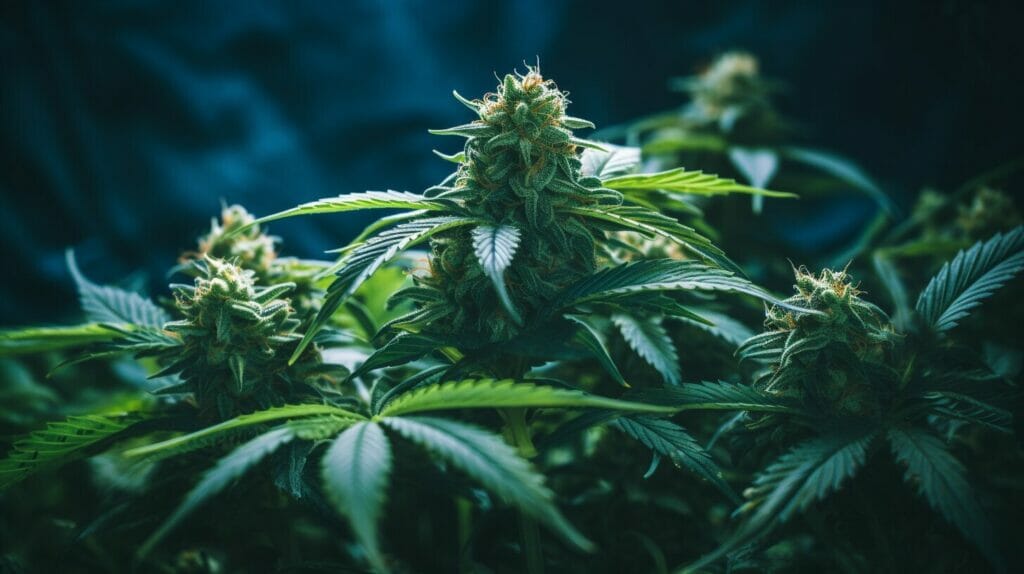
Implementing these training and pruning techniques can take your indoor cannabis cultivation to the next level. Experiment with different methods and find what works best for your plants. By improving growth patterns and structure, you can increase the number of bud sites and ultimately, the final yield.
Managing Pests and Diseases in Indoor Cannabis Cultivation
One of the biggest threats to indoor cannabis cultivation is the risk of pests and diseases. These can impact yields by weakening plants, reducing overall health and vigor, and damaging the quality of the final harvest. Fortunately, through proper cultivation techniques, it is possible to manage and minimize these risks to protect your cannabis crop and maximize your yields.
Preventive Measures for Pests and Diseases
One of the first steps in managing pests and diseases is to take preventive measures to avoid infestations in the first place. Keeping a clean grow area, maintaining appropriate temperature and humidity levels, and providing adequate airflow can all help reduce the risk of pests and diseases. In addition, introducing beneficial insects or other IPM strategies can help control pests without the use of harmful chemicals.
Identifying and Treating Common Cannabis Pests and Diseases
Despite best efforts, it is still possible for pests and diseases to find their way into your grow op. Identifying common pests and diseases and taking swift action to address them is key to minimizing damage to your crop. Some common pests to watch out for include spider mites, aphids, and thrips. Diseases such as powdery mildew and bud rot can also be a threat. In many cases, natural remedies or organic treatments can be effective in managing these issues.
Cultivation Techniques for Pest Management
Finally, adopting specific cultivation techniques can help minimize the risk of pests and diseases. These include using resistant strains, rotating crops, and practicing proper hygiene when handling plants. Additionally, taking care not to overwater or overfeed your plants can prevent excess humidity and nutrient buildup, which can attract pests and lead to disease.
By implementing these cannabis cultivation techniques, you can effectively manage pests and diseases in your indoor grow op, minimizing their impact on your yields and ensuring a healthy and productive cannabis crop.
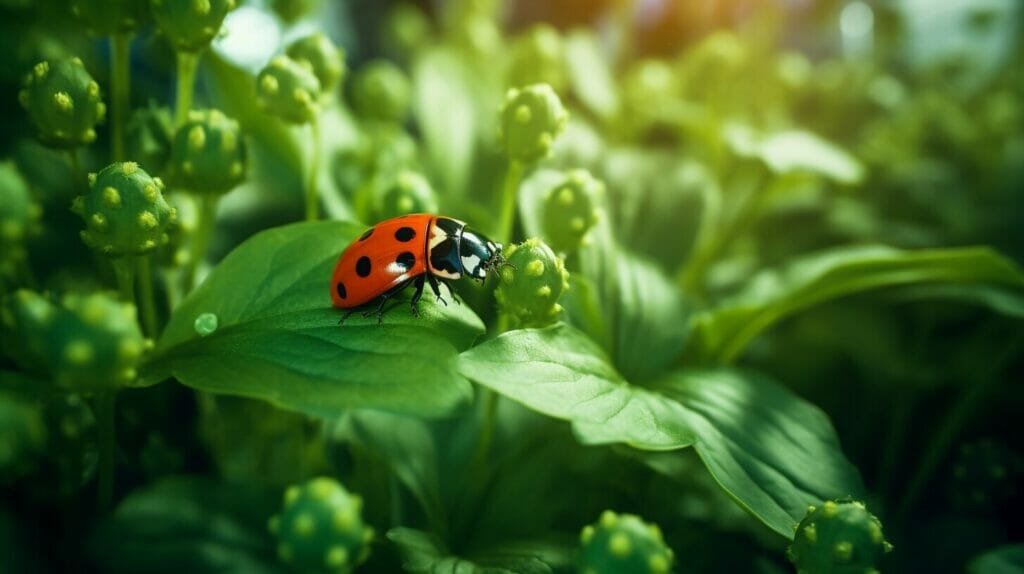
Fine-Tuning Environmental Factors for Optimal Yields
Aside from lighting and nutrient management, there are other environmental factors that must be optimized for maximum cannabis yields. When it comes to indoor cannabis cultivation, achieving the optimal conditions can be challenging, but not impossible. Here are some key factors to consider:
Temperature and Humidity Control
Indoor cannabis plants thrive in a temperature range of 68-77°F (20-25°C) during the day and slightly cooler temperatures at night. Humidity is also crucial, with levels between 40-60% during vegetative growth and 40-50% during flowering. Excess humidity can lead to mold and mildew, while low humidity can cause plant stress and reduced yields.
CO2 Supplementation
CO2 supplementation can enhance photosynthesis and increase cannabis yields by up to 30 percent, but levels should not exceed 1500 ppm to avoid plant stress. CO2 generators and tanks are available for indoor growers who want to supplement their grow rooms with additional CO2.
Air Circulation
Air circulation is essential for preventing stagnant air and creating a healthy growing environment. Fans and exhaust systems can help maintain proper airflow, CO2 levels, and temperature and humidity control.
By fine-tuning these environmental factors, you can create an ideal microclimate for your cannabis plants and boost your yields significantly.
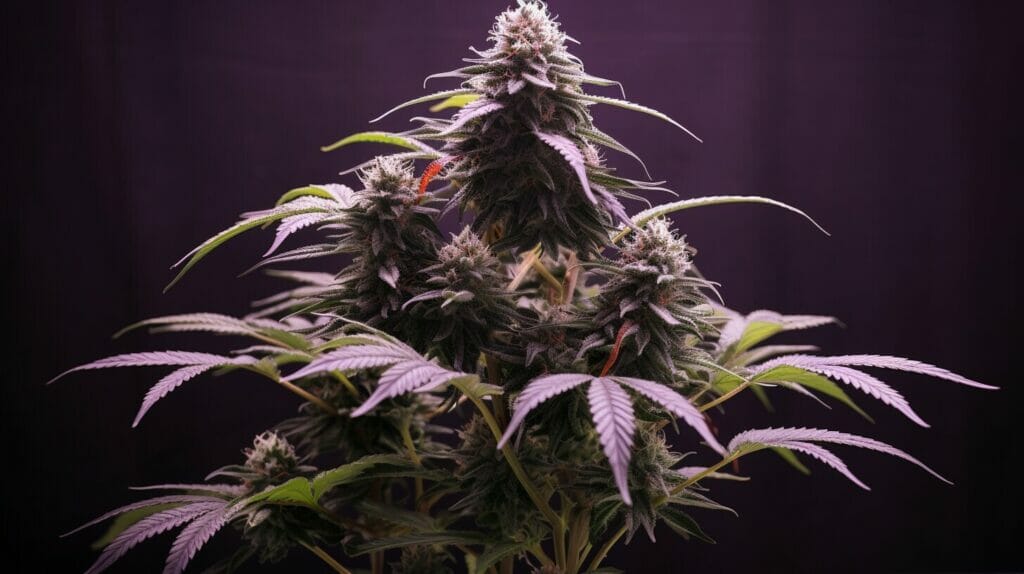
Harvesting and Curing Techniques for Quality Yields
Effective harvesting and curing techniques are essential for producing high-quality cannabis crops and maximizing yields. The goal is to preserve the potency, flavor, and aroma of the buds to enhance their overall value.
Harvesting at the right time is crucial for achieving optimal potency and yield. Typically, this is when the majority of the pistils on the buds have turned brown and the trichomes are cloudy but not yet amber. Carefully cut the main stem and hang it upside down in a dark and cool room with good air circulation. This allows the buds to dry slowly over several days.
Once the buds are dry, it’s time to trim off the excess leaves and stems. This improves the bud’s appearance and enhances the smoking experience. Be gentle to avoid damaging the buds, and use sterilized trimming tools to prevent contamination.
The final step is curing the buds in airtight containers for several weeks. Curing enhances the flavor and aroma of the buds and ensures a smoother smoking experience. The key is to maintain a consistent temperature and humidity level in the curing jars or bags, ideally around 60 to 65 percent RH and 60 to 70 degrees Fahrenheit. Open the jars for short periods daily to allow air exchange and monitor the moisture content.
With the right technique and attention to detail, you can produce high-quality cannabis buds that are potent, flavorful, and valuable. Experiment with different harvesting and curing techniques to find what works best for your strains and personal preferences.
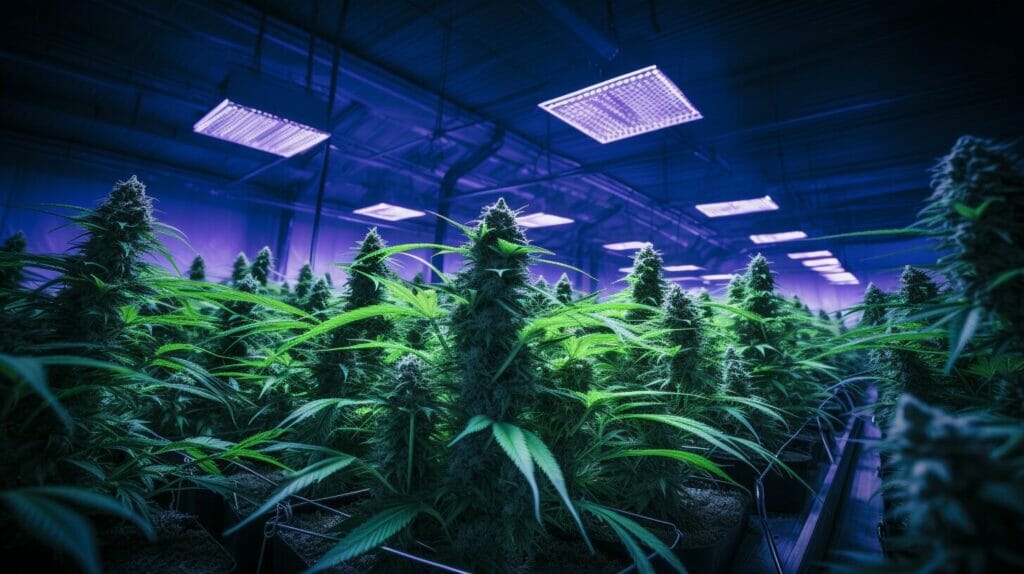
Conclusion
Maximizing cannabis yields in an indoor grow-op is a science that requires an understanding of various cultivation techniques, environmental factors, and pest management. By following the strategies and tips outlined in this article, you can achieve higher yields and better-quality harvests.
Remember, the key to success is maintaining optimal conditions for your plants throughout their growth cycle. That means providing the right amount and quality of light, maintaining proper temperature and humidity levels, and ensuring your plants receive the necessary nutrients and supplements.
Experiment and Learn from Experience
Indoor cannabis cultivation is a continuous learning process. By experimenting with different strains, techniques, and environmental factors, you can refine your cultivation practices and achieve even better results. Don’t be afraid to make mistakes – they are an opportunity to learn and improve.
With dedication and perseverance, you can become a master at maximizing yields for indoor cannabis cultivation. Remember to stay patient, maintain a positive attitude, and enjoy the journey.
FAQ
Q: What is the importance of maximizing yields for indoor cannabis cultivation?
A: Maximizing yields is crucial for indoor cannabis cultivation as it can lead to higher profits and more efficient use of resources. By optimizing cultivation techniques, growers can achieve larger harvests and maximize the potential of their indoor growing operations.
Q: What are some expert strategies and tips for improving cannabis crop yields in indoor settings?
A: Some expert strategies and tips for improving cannabis crop yields in indoor settings include understanding the basics of indoor cannabis cultivation, choosing the right cannabis strains for high yields, optimizing light for maximum yields, proper nutrient management, effective training and pruning techniques, managing pests and diseases, fine-tuning environmental factors, and utilizing proper harvesting and curing techniques.
Q: What are the optimal conditions required for indoor cannabis cultivation?
A: The optimal conditions for indoor cannabis cultivation include providing the right lighting, maintaining appropriate temperature and humidity levels, ensuring proper air circulation, and managing nutrient levels. These factors are essential for creating the perfect environment that promotes healthy plant growth and maximizes yields.
Q: How can I choose the right cannabis strains for high yields?
A: When choosing cannabis strains for high yields, consider factors such as genetics, growth characteristics, and flowering time. Look for strains that have a track record of delivering impressive harvest yields and consult with experts or fellow growers for recommendations.
Q: What types of lighting should I use to maximize cannabis yields indoors?
A: There are different types of grow lights available, including fluorescent, high-intensity discharge (HID), and light-emitting diodes (LEDs). Each type has advantages and disadvantages, so it’s important to research and select the lighting setup that best suits your specific needs and budget.
Q: How can I effectively manage pests and diseases in indoor cannabis cultivation?
A: To effectively manage pests and diseases, maintain a clean grow area, use beneficial insects, and implement integrated pest management (IPM) strategies. Regularly inspect your plants for signs of pests or diseases, and take prompt action by using organic or chemical treatments, if necessary.
Q: What are some important environmental factors I should fine-tune for optimal cannabis yields?
A: In addition to lighting and nutrients, it’s important to fine-tune environmental factors such as temperature, humidity, CO2 supplementation, and air circulation. Monitoring and adjusting these factors can create an ideal microclimate that promotes optimal growth and maximizes cannabis yields.
Q: What are some best practices for harvesting and curing cannabis for quality yields?
A: Some best practices for harvesting and curing cannabis include harvesting at the optimal time, drying buds slowly in a controlled environment, and curing them in glass jars to preserve potency, flavor, and aroma. Proper trimming, manicuring, and storing techniques are also important for maintaining the quality of the harvested buds.
Suggested Articles
;)
;)
;)



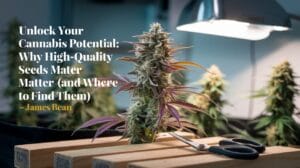
 24 Jun 2025
24 Jun 2025  5 min read
5 min read

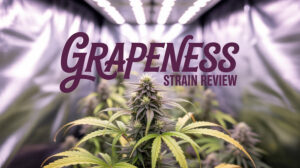
 September 06, 2023
September 06, 2023 


RESPONSES (0)
No responses yet. Be the first to respond!